|
This week's focus on #somawithDaphneandLucy are your precious feet :) The relative distance of our feet from our brain often causes us to disregard the health and care of our feet. We tend to ignore the messages coming from this very distal part of the body. We wear shoes that are too tight, too loose, too flat, too high... For some culture, there’s even a certain element of shame attached to the feet. Some people might go through years of suffering from sore feet before paying any attention to this part of the body. The health of our feet is instrumental in our overall health. Our two feet are made up of 52 bones, accounting for about a quarter of all the bones in our body. They contain 60 joints and 200 muscles, tendons and ligaments that hold them together for mobility and stability. Most of the myofascial matrix crosses through the feet as they are fundamental to our evolution into bipeds. Our feet establish the foundation of our vertical relationship to navigate through gravity and 3 dimensional space and create movement continuity through all our body’s systems. Embryologically, our feet and toes grow out of the limb buds before the legs are fully formed, essentially making our feet an extension of the pelvis, and hence its close association to our pelvic health. Keeping our feet strong and nimble means stronger grounding and stability, more movement choices and increased neural pathways and plasticity! Training our feet to be able to articulate through different loads and tracking its relationship to different parts of the body will not only alleviate conditions like plantar fasciitis, heel pain, achilles tendinitis, it can also prevent knee injury, relieves lower back pain, soothe neck and shoulder tension and even migraine. Its close relationship with our pelvic diaphragm also means that strong and flexible feet will bring awareness to our core being as we find support through gravity and levity. When we establish better proprioception and interoception we can also help to regulate our nervous system so we are less anxious and stressed! Does wearing a mask trigger your anxiety? A sharing on the effect on respiration, sense of safety, past trauma, and physiology, including some tips on how to alleviate anxiety in wearing a mask. They say nolstagia
is akin to a journey back in time when things made sense where we knew our place in the world. . . Perhaps it's also when our lives can't get any more mundane that we lose our compass and our ground. . . The triumph of waking up to another groundhog day . 16 more hours in front of the screen. Blue light solace at my fingertips Work, exercise, shop, socialise, youtube Repeat. . . Choices. Are they freedom or dilemma? To stay in or go out? Solitude will always be served as the main dish. . . 6 feet apart. Eyes exposed but be sure to avert my gaze. My lungs laboured underneath the cotton covering of sweaty recycled breath. . . Oh, the yearning to be seen and heard! and touched! Overshadowed by the anxiety of ending up as a snapshot shamed and fined. . . A nation locked down but united in fear. Fighting the invisible war of numbers against the enemy crowned virus. . . Masked vigilantes armed with smartphone and app Incognito but bestowed with power to defend and protect. . . Stand in line for nasi lemak and bubble tea Essential recharge for our ammo A balm for the caged mind in this urban Disneyland . . In the silence of empty construction sites, a figure stooped in his neon green shirt . The sound of bristles on concrete. Broom in hand He looked up and smiled through his armour "I'm okay" his eyes spoke. He sweeps our dwellings while his brothers locked away their homes out of reach. . . So we march on, to a promised vaccined land where business is as usual An utopia with no distancing no violence no debts no sovereigns Delving a little more into the perspective of not just what is mental health, but also looking at the how and the why through connecting with the responses in the body This week's sharing on #somawithDaphneandLucy : YOUR SELF IMAGE . How long are your arms? How wide is your chest? What does it mean to straighten your knees? And how accurately are your answers meeting your physical reality? . It almost comes as a surprise, after living with and in our body for so long, that we're not born with a defined self image. We're not born knowing we have a body. . When a baby is born into this world, their knowing is still of union (with the mother). Through experience they begin to recognise that there's a differentiation between “self” and the “other”. This differentiation is gradually learnt through the senses. . Through touch, movement, and gravity, along with sight, smell, hearing and taste, our sensory system put together a complex map of references, creating and ever refining our self image. . How many times have you seen a baby with his hands and feet stuck in his mouth? Since the mouth is extremely rich in sensory receptors, and the baby’s source of finding nourishment through the oral rooting reflex, it also becomes a key starting point to begin exploring our environment. Figuring out the world by putting objects close to the mouth and the lips to learn about shapes and textures, and also investigating whether that object is or isn’t a part of “self”. Measuring the body's length and size by bringing the distal limbs to the centre of the inner mapping (head and torso), examining the shape of the body through rolling, the ground offering a mirror as the body is being touched by the surface underneath, and thus distinguishing the outside world by touching something we don't feel as part of “self”…Through touch we learn about the environment we inhabit in, and by being touched we learn about ourselves. . Our self image is being crafted and refined day by day. And there's many more factors contributing to it like the vestibular system (sense of gravity, balance, and proprioception), vision, our muscular-skeletal system including the tendons and ligaments, our experiences of pain, emotions, social and cultural conditioning, belief systems etc.. . Our perceived sense of what is an “upright” posture, having our arms “straight”, our perception of length, width, distance, depth or even what is “normal” will also differ from person to person. . The knowing that this process is not just inherent but gained through experience, allows us to look at ourselves through fresh perspectives. Is my self-image complete? Do I know where every part of my body is? Is where I think I am relative to space and gravity accurate? . Our sensory and motor neurons work hand-in-hand in a constant feedback loop, always communicating with each other. The way we stand, move, act and execute our desires through our muscular-skeletal system is based on this inner sensory map we've drawn. While we might plan with our body's self image in mind, we execute through our actual body. If our self image is not accurate, there will also be a difference between the intended and the actual outcome of our actions. . In order to improve the quality of your movement, address chronic pain and tension etc. we first have to explore what is actually there. Begin by mapping out your body and you’d be in awe with what you will uncover. . “You cannot change what you do not know” ~ Moshe Feldenkreis. ~ written by Lucie Krobova, edited by Daphne Chua Social isolation and mental health: sense of belonging I was on a panel last weekend to share about mental health and the nervous system. So I'd like to share some of the thoughts I had on the different aspects of social isolation on the nervous system from a mind body perspective. This first one is about sense of belonging to a greater community. With physical connection to other people being taken away, how has your need and longing for community show up in your nervous system? This week's sharing from #somawithDaphneandLucy are our favourite HEART OPENERS: Heart opening poses are a consistent “obsession” for yoga practitioners. Deep contortionistic backbends are pursued like trophies - a trademark of the accomplished yogi. Backbends or spinal extensions are often mythicised as “Heart-Opening”, since it creates an expansion in the front of the body, particularly in the chest / thorax where the vital organs of the heart and lungs are situated. Spinal extension poses are thought to create lung capacity and invigorate the body-mind. Since these poses also stretch into the front of the belly, it can serve as a reprieve from those who live a sedentary lifestyle of hunching over devices, sinking into couches, with the spine constantly being in flexion. The energetic benefits of heart openers also include stimulating our life force, instigating our capacity to love unconditionally, and helping us find courage to face challenges. All these are well and good. The spanner in the works almost always lies in the HOW and not the WHAT. Generally, yoga backbends are done with the alignment cue to draw the shoulder blades back and down (retraction, adduction, internal rotation of the scapulas) in order to create maximum spinal extension. However, the structure of the thoracic spine (with a rib bone extending out of each vertebra forming a “cage”), is the “stiffest” part of the entire spine, and naturally shaped into a flexion or a kyphosis. Culturally, we are told since young to pull our shoulders back, stick our chest out, and not to hunch our back! We have been so conditioned to contract our back body in order to push our sternum forward, that we might have forgotten that Mother Nature equipped us with a concave “cage” so we can house and protect our vital organs! The study of the organs system in Body Mind Centering led us to reconsider this whole paradigm. According to its founder, Bonnie Bainbridge Cohen, our heart is cradled by each half of our lungs. The trio creates an ecosystem of oxygen and CO2 exchange that feeds life force into our cellular matrix, much like the dynamic macrocosm of our external environment. The pulmonary system responsible for this exchange is actually located in the back of the anatomical heart, snuggled in the space in between to touch the front of the lungs. It is interesting to note that the lower lobes of each side of the lungs form most of the back of the ribs, where as the top lobes are under the upper trapezius. When we overextend the thoracic spine by squeezing into the traps and leveraging onto our scapulas to push the “heart” forward, we are actually squashing the lungs and the heart, not exactly “opening” them at all! This can over stimulate our nervous system, as well as create strain in our spine and destabilise the balanced curvature of our spine. The next time you attempt a backbend, can you reach into the spaciousness of the back body, and let the heart rest in the space embraced by the lungs, supported by the circulation of the blood exchange in the pulmonary vessels. Since the beginning of the lockdown (or Circuit Breaker as they call it in Singapore), I've been closely watching the more unquantifiable vectors arising out of the pandemic, particularly the psychological effects of isolation and social distancing on mental health, and how these measures to protect our mortality relates back to our physiology and our body when we are deprived of the most basic human need to socially engage - to see, touch, feel, laugh, share a meal, make eye contact, with other human beings. And there's also the other polarity of those who are locked into one space with the same bodies day in and day out. While most family homes are safe spaces, some are cages of abuse.
We can't look at the mind without also looking at the body as an integral piece. Most of our interactions outside of our immediate bubble are now screen-based and one-dimensional, our escape from reality is more screen time on social media, over Zoom drinks and Netflix binge. Our bodies relegated to being moving parts so as to carry our brain around. Some might even argue the body is the vulnerable conduit for transmission if we were to come too close to another. The article I've appended is a valuable long read from the perspective of a psychologist in the UK. She examines the individual body, the corporate body, and the state body. If you're interested in bodies as an inseparable part of our mind's deepest reaches, perhaps you might dwell in her words and draw your own parallels. Read here: "Practice what you preach" or "Preach what you embody"? Authenticism generally doesn't come about by willing yourself into a preconceived idea of who you should be or how you want others to see you, but an intimate awareness of how truth permeates through all of our being. The walk comes before the talk. Being real is a direct experience, not a label. #talkyourwalk #getreal #embodiedcommunication Now we will count to twelve
and we will all keep still for once on the face of the earth, let’s not speak in any language; let’s stop for a second, and not move our arms so much. It would be an exotic moment without rush, without engines; we would all be together in a sudden strangeness. Fishermen in the cold sea would not harm whales and the man gathering salt would not look at his hurt hands. Those who prepare green wars, wars with gas, wars with fire, victories with no survivors, would put on clean clothes and walk about with their brothers in the shade, doing nothing. What I want should not be confused with total inactivity. Life is what it is about; I want no truck with death. If we were not so single-minded about keeping our lives moving, and for once could do nothing, perhaps a huge silence might interrupt this sadness of never understanding ourselves and of threatening ourselves with death. Perhaps the earth can teach us as when everything seems dead and later proves to be alive. Now I’ll count up to twelve and you keep quiet and I will go. ~Pablo Neruda Moshe Feldenkrais said - Having only 1 option is Tyranny, 2 becomes a Dilemma, whereas 3... creates Choice! This is another short video follow up on this week's #somawithDaphneandLucy's sharing on variability of movement. An 8 minutes exploration of multi-planar movement with a weighted ball and ankle weights. This week's sharing from #somawithDaphneandLucy : MOVEMENT VARIABILITY. Life is Non-Linear. To be relational to our environment and sustainable in mind-body, we train our reflexes to respond rather than react. Non-linear, multi-planar, 3-D spiralling movement emulate the complexity of life and trains our nervous system to regulate - safety in the body. Movement begins at the moment of conception. The moment in which individual existence becomes relational. Space, fluids, and the inexplicable order of nature that propel cells to differentiate, multiply, organise… Our vestibular system begins in utero, orientating us to within the three-dimensional womb space, connecting us from our intrinsic being into the mystical otherness. Form arises through movement. Birth’s ignition thrusts us from the safe cradle of fluids into air and gravity, into self-sufficiency and cognitive volition. From then on, the pathways in civilised life conditioned us in a reality stipulated by polarities - right or wrong, good or bad, success and failure. Our cognitive frontal lobe drives the speed engine of societies. We are taught to always think before we act. Sensing and feeling belong to the frivolous. Our linear mind drives our body to function in two-dimensions, i.e means to an end. Our goal-driven ego is always looking for results and achievements. We move through life chasing ever greater highs. From substances to social media to Netflix, we have forgotten the nuances in the spaces of stillness and being. The study of somatics calls upon us to take a break from constantly swimming upstream, to let go of the belief that no pain = no gain, to surrender into the frivolity of sensing and feeling into our three dimensional body that’s still 66 percent fluids. Can we become curious again during this time of introspection? To come back into our relational being that is kept atop Planet Earth, to remember our multi-dimensional existence that has traversed space and time to come into form. The connective tissue within our body - an embryological matrix that becomes our blood, lymph, cellular membranes, nerve wrappings, muscles, tendons, ligaments, synovial fluids… FASCIA! They love being moved in novel ways, through different planes, into different shapes. Our nervous system needs this multi-planar movement to stay flexible so it can differentiate and self regulate. Our immune system needs consistent fluid flow to flush out toxins, our musculo-skeletal system needs to be nourished and hydrated to ensure we get through old age without too many fractures. We spend so much time in front of a screen, especially in these strange times of self-isolation. I invite you to step away from your 2 dimensional blue light reality and step inside your 3 dimensional body - wiggle, roll, shake, jump, dance, play! Forget alignment, forget what you’re supposed to look like, and just MOVE! A 60 mins somatic practice for the thorax. Take this time out for some deep sensing and gentle spiral movements to release tension in the neck, shoulder, jaw, and eyes. The candle burns A fragment of you We step out of time Into the space of being To find love remains #happy73birthday #dadysgirl |
Daphne Chua
Registered Yoga Therapist, Somatic Movement Educator, Bodyworker, Yoga Teacher Trainer
December 2021
Categories |
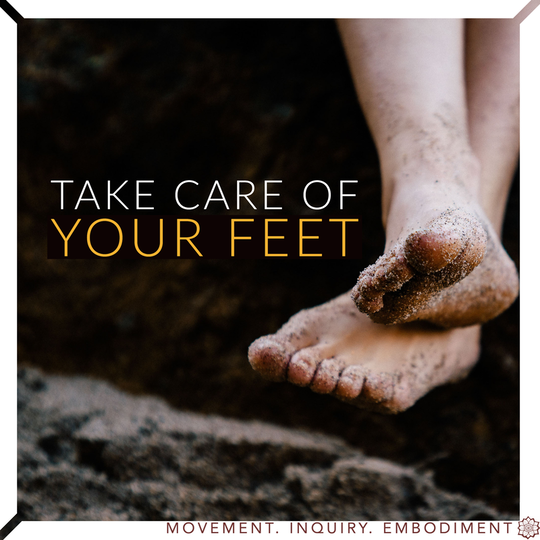
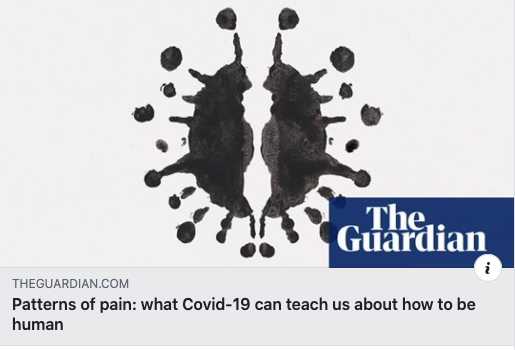
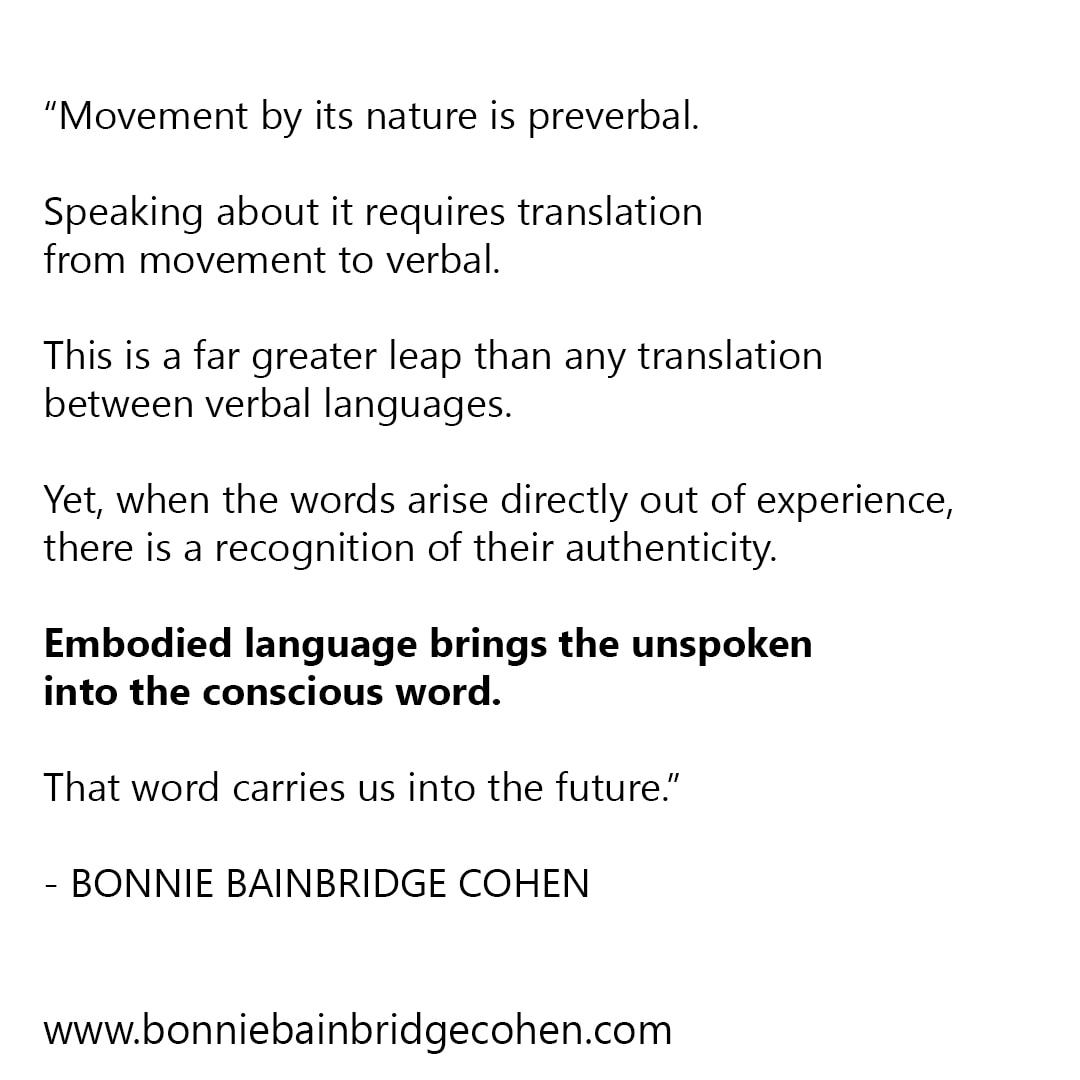
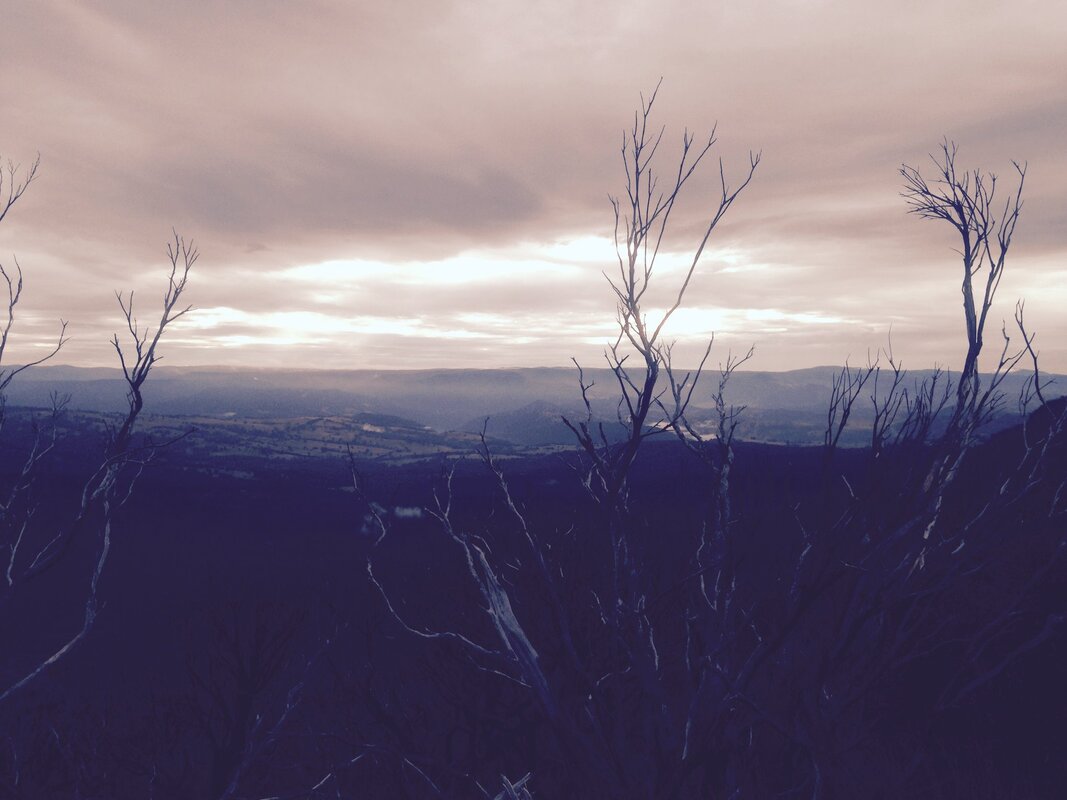
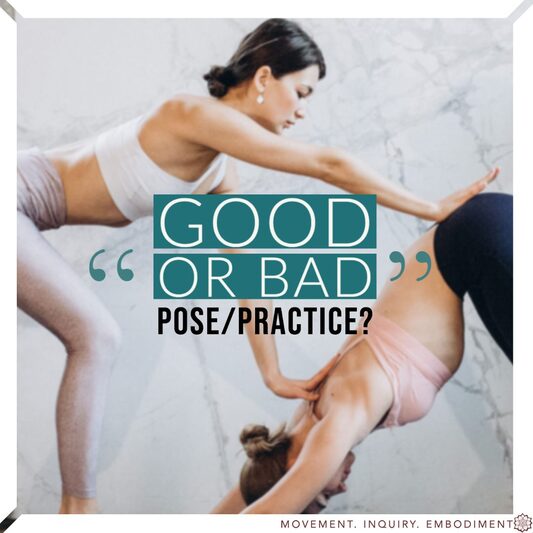
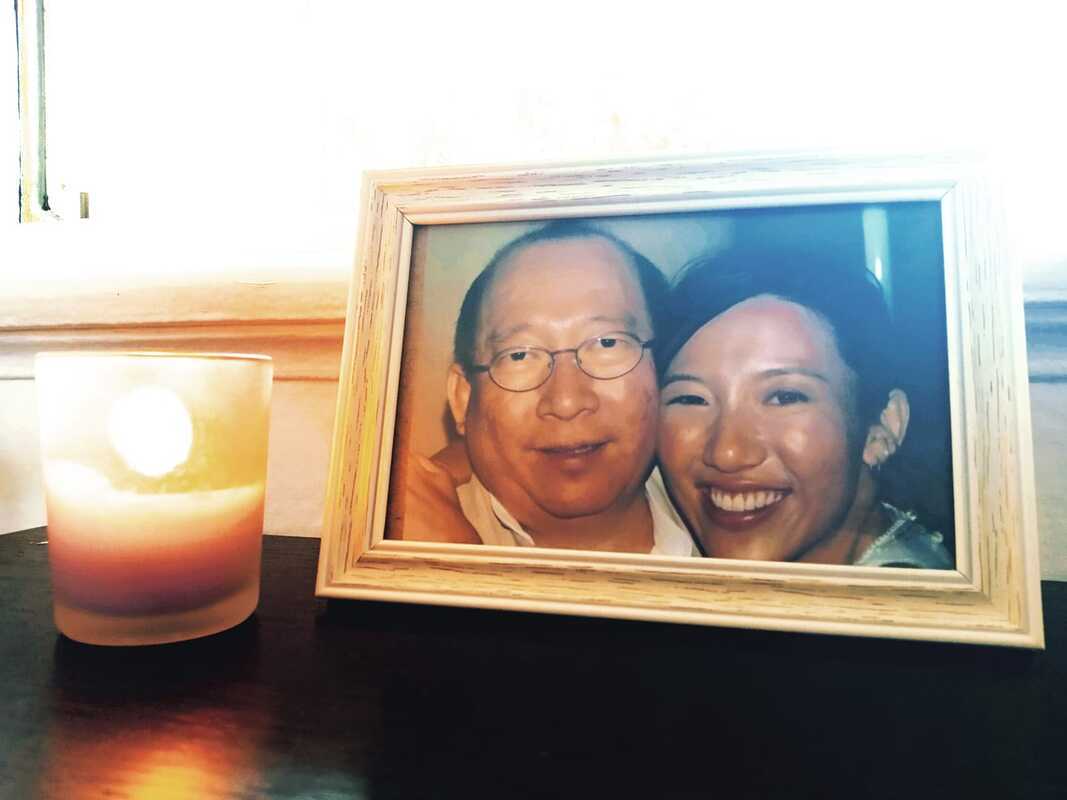
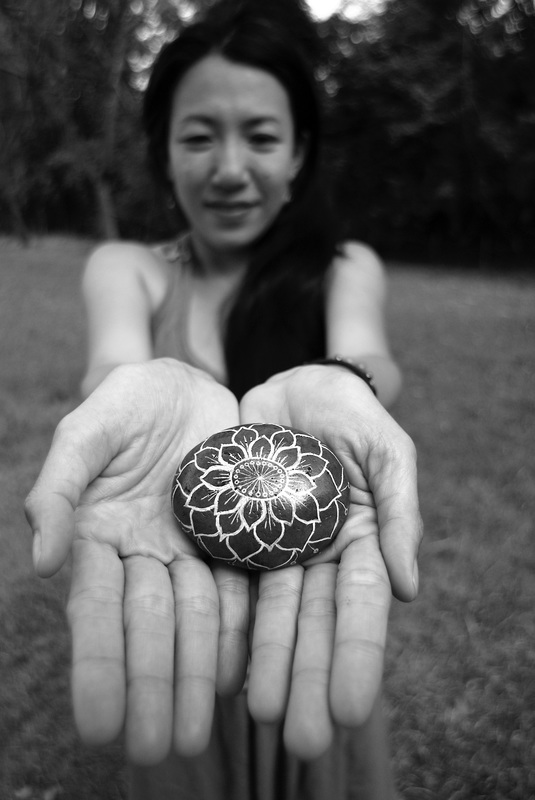
 RSS Feed
RSS Feed
